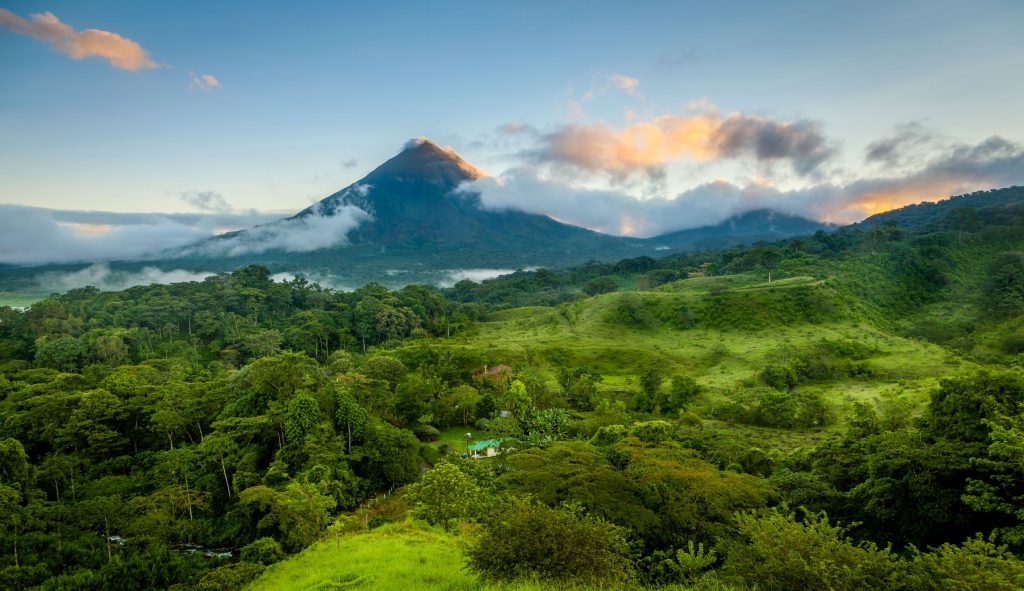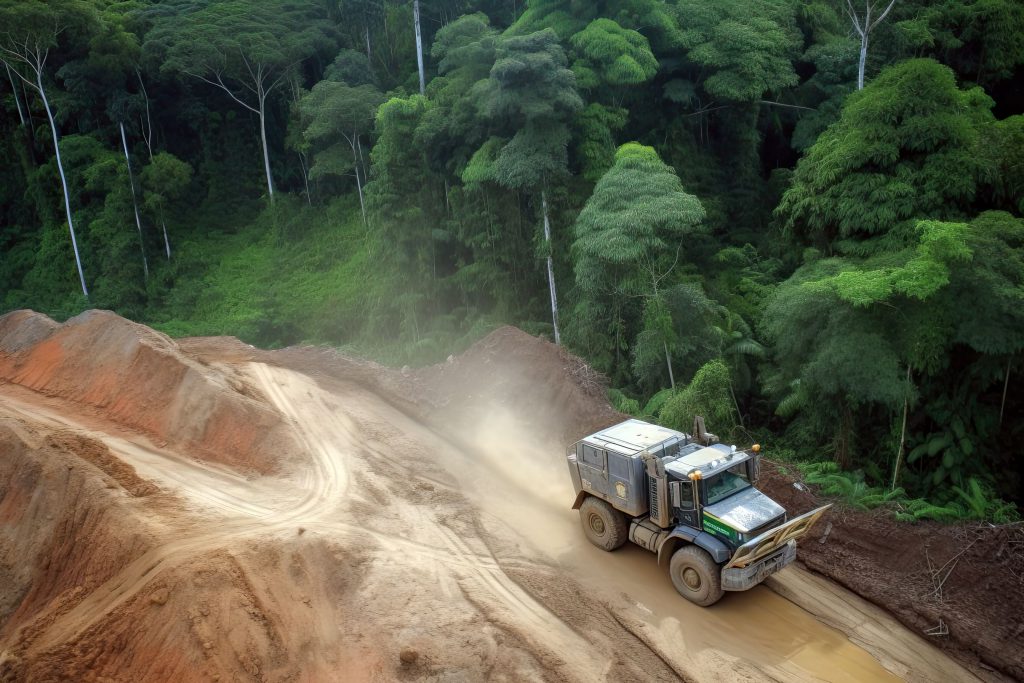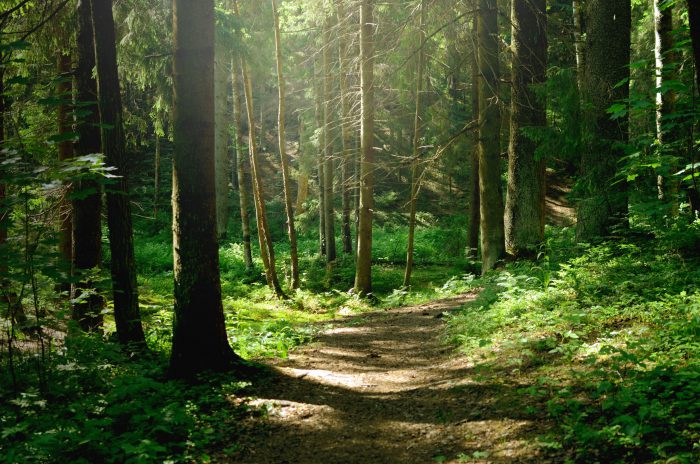Lucy Neiman, Zondits guest, 5/31/2023
Zondits and many other outlets have focused primarily on the transition to clean energy as the central path for addressing the challenges faced. Yet there is clear evidence that the transition away from fossil fuels alone cannot meet even the most conservative global climate goals that have been set. There are many significant reasons to conserve and protect our natural systems, and it is a growing realization that reducing carbon in the atmosphere is an important one. This series explores multiple ways that focused nature-based solutions can have positive impacts.
This fourth installment explores initiatives, large and small, that are underway and supported through a variety of financial mechanisms.
As discussed in the last segment, preserving forest land is an effective and important method of removing CO2 from the atmosphere. Yet trees serve many other purposes that are perhaps equally important. They supply lumber to build homes and small commercial buildings in most parts of the world. And that can have a positive climate impact as wood construction has been shown to have a less detrimental impact than concrete and steel construction. Wood is an important heating fuel in rural regions of the U.S. and around the world. And although most paper today is produced with recycled content; wood pulp is used to produce some higher-quality glossy papers.
The challenge is creating incentives to support climate-focused forest management without causing undue collateral damage to the forest products industry. Zondits finds that many regional programs are striving to do just that.
Early Successes in Managing Forests to Benefit the Climate
Recent international and U.S. campaigns show increased funding and attention to forest conservation and restoration and can build on some successes that have been underway for many years.
The Kenya Green Belt – The Green Belt Movement, started in Kenya in 1977 by Nobel Peace Prize winner Professor Wangari Maathai, has planted over 51 million trees in Kenya and highlights the interrelationship between tree planting and sustainable communities. Professor Maathai started the effort when rural women reported dry streams, less productive crops and scarcity of firewood. She started the concept of community-based tree planting which has had tremendous success empowering women, producing sources of income for communities, and reclaiming and restoring forests.
“When we plant trees, we plant the seeds of peace, and seeds of hope”
Wangari Maathai
Costa Rica, Reversing Deforestation – Originally tropical rainforest, Costa Rica lost nearly half of its forests in the 70s and 80s due to deforestation for logging and to clear land for crops and livestock. The government intervened in 1996 making it illegal to cut forests without official approval and adding payments to local communities for basic forest protection.

Farmers receive an income financed by a tax on fossil fuels for protecting the forests and are allowed to selectively harvest timber for additional income. The astounding result of this effort has been to save one fifth of the country’s total forestland and plant over 7 million trees, providing a home for over half a million species. The resulting ecotourism business with visitors flocking to see the diverse species, environments, and forests has created an additional boom in revenue and jobs for Costa Ricans and restored what many see as a tropical carbon-sink paradise.
The Bonn Challenge – This international effort was launched in 2011 and targets restoring 350 million hectares (over 850 million acres) of degraded ecosystems and deforested land by 2030. Sixty-one countries have pledged support and Guatemala, Mexico, Rwanda, Cameroon, and India have committed to restoring at least one million hectares of forest by 2030.

South Korea – Since the end of the Korean war in 1953, South Korea has focused on reforesting lands decimated by logging and the use of firewood during the war years. The country increased forested lands by 58% from 1961 to 1995, and by 2008 had planted over 11 billion trees taking the country from bare mountains and almost total deforestation back to a green country.
The results have been successful in controlling erosion, conserving land and water, and increasing public support for the benefits of trees and forests in improving the overall environment.
Tanzania’s Kwimba Project – The Kwimba Reforestation Project established in1990 was a nine-year effort focused on reforesting land around 40 sub-Saharan villages deforested by use of wood as a cooking fuel and forest clearing in an effort to control the Tsetse fly. The project planted Australian eucalyptus and created “tree ownership certificates” to establish responsibility for maintaining the 6.4 million trees that were planted.
Appalachia – The Appalachian Regional Reforestation Initiative (ARRI) began planting trees in the mid-2000s to counter the deforestation from coal mining in the region and has planted over 60 million trees on 87,000 acres of mine sites. Participating states include Alabama, Kentucky, Maryland, Ohio, Pennsylvania, Tennessee, Virginia, and West Virginia. The results have created economic alternatives to mining with sustainable timber harvesting and recreation.

The initiative plants fast growing species to support wildlife and counter erosion along with commercially valuable crop trees and a groundcover that supports tree growth.ARRI is a collaboration with local citizens, the coal industry and government agencies and has received numerous awards and accolades for its successful approach to reforestation.
Mast Reforestation – Responding to the increasing number of high severity wildfires that do not support natural regeneration, a Seattle startup, formerly DroneSeed, uses a fleet of drones to reseed forests in fire ravaged areas across western U.S. A drone can reseed up to three-quarters of an acre in one trip, and plants seedlings in plant fiber vessels or spreads seeds from native plants based on advice from local forestry experts. The company sells carbon offsets to fund operations. They sold 150,000 credits representing 50,000 metric tons of CO2 over a century to fund the first project, reforestation of 300-acres in Henry Creek Oregon, devastated by the 2020 Beachie Creek fire.
Lord of the Trees is another initiative that uses drones and robots to aid in reforestation with successful projects in Australia and Sumatra. The idea was based on a David Attenborough program about a barren island in the Galapagos that is now a rich rainforest grown from bird droppings that included seeds. The group has developed a unique drone technology that can precisely plant more than 250,000 seeds packed into seed pods with a balanced fertilizer mix in just 12 hours. Their success rate is over 75%.
Local Initiatives
For local and regional options, there are support organizations for family-owned forests and a carbon exchange allowing leading sustainability companies to claim carbon credits for funding forest owners. Thirty-eight percent of US forests are owned by private families. Forest owners can access the Family Forest Carbon Program, developed by the American Forest Foundation and The Nature Conservancy, to access carbon markets, receive help managing their forest to improve forest health and carbon storage, and earn income from their property. Additional support for preserving family forests are included in the links below.
The Nature Conservancy in West Virginia is offering sustainable sources of revenue for West Virginia’s landowners while benefiting natural climate solutions.
While reforestation and planting new forests is helpful, new carbon mapping techniques have shown that the best mitigation strategies for optimum carbon retention are to protect old growth forests and mature standing forests and prevent deforestation from the start. Whether from shading a leafy walk, cooling fields and crops, or offering respite in urban heat islands, trees and forests play a key role in the future of our planet and must be preserved.
Other programs
College degree programs
- Michigan State University
- Oregon State University
- University of Washington
- U.S. News: Earning a Forestry Degree
Other information
- Science Direct: Managing existing forests can mitigate climate change
- Conservation in a Changing Climate: Manage Forests for Climate Change
- Global Carbon Project: Managing Forests for Climate Change Mitigation
- NC State Extension: An Introduction to Forest Carbon Offset Markets
- The United Nations Decade on Ecosystem Restoration: PREVENTING, HALTING AND REVERSING LOSS OF NATURE
- World Economic Forum: Investing in Forests: The Business Case
- Plant With Purpose: Reforestation
